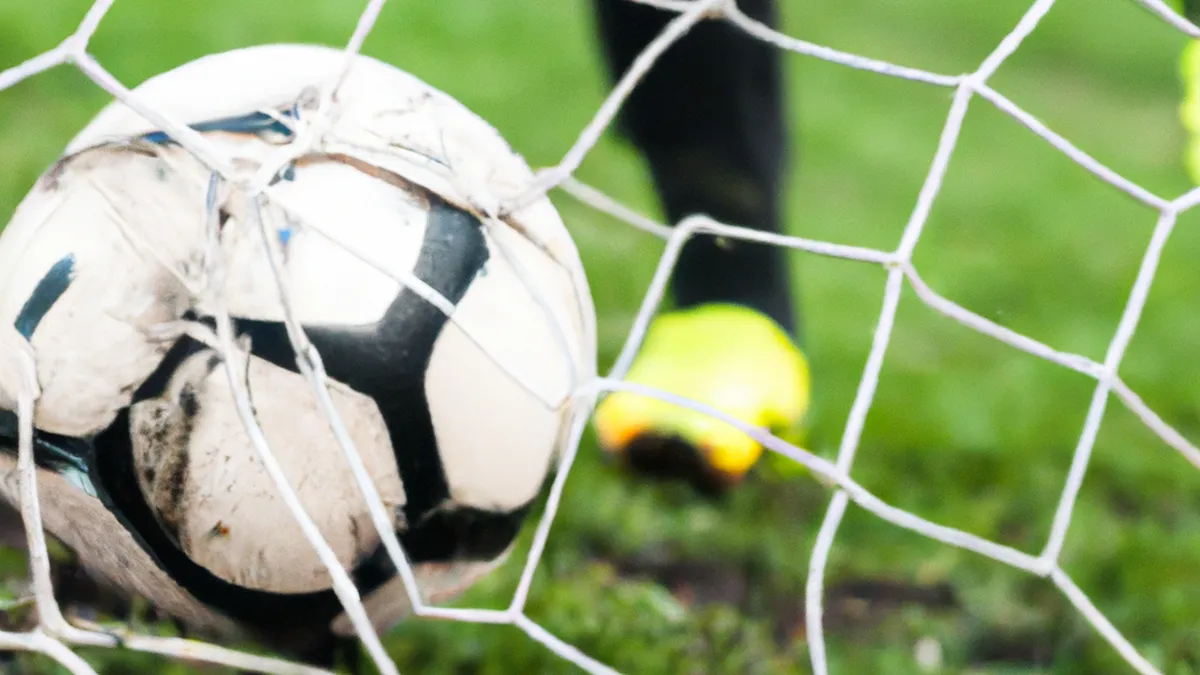Rest and Performance: Addressing Fatigue Issues
Coaching Athletes Through Jet LagTraveling across time zones disrupts athletes’ performance. Jet lag affects sleep, energy, and well-being. As a coach, you help athletes manage these challenges for optimal performance. This guide explores strategies to overcome jet lag and maintain peak performance levels.
Understanding Jet Lag
Jet lag occurs when the body’s internal clock, or circadian rhythm, misaligns with the new time zone. This rhythm regulates sleep, hormone release, and body temperature. When athletes travel across time zones, their bodies take time to adjust, causing various symptoms.
Why Do Athletes Experience Jet Lag?
Athletes travel for competitions, training camps, or events, often involving long flights. Their bodies need time to adapt to these changes. Symptoms can disrupt athletes, causing fatigue, irritability, concentration issues, and digestive problems. These factors negatively impact training and performance during critical competitions. Understanding jet lag helps you assist athletes in managing its effects.
Signs of Jet Lag in Athletes
Coaches must recognize jet lag symptoms. Signs vary among athletes but often include:- **Fatigue:** Reduces energy levels during training.- **Headaches:** May stem from dehydration or disrupted sleep.- **Difficulty Sleeping:** Trouble falling or staying asleep worsens fatigue.- **Digestive Issues:** Routine changes can cause gastrointestinal discomfort.- **Mood Changes:** Increased irritability or anxiety affects team dynamics.Identifying these symptoms early allows you to implement strategies to mitigate performance impacts.
Tips for Managing Jet Lag
As an Amazon Associate I earn from qualifying purchases.
Gear tip: consider sleep mask, white noise machine, and blue light blocking glasses to support this topic.
Use these actionable tips to help your athletes cope with jet lag before, during, and after travel.
Adjust Sleep Schedule Before Travel
Encourage athletes to gradually shift their sleep schedule before departure. Adjust their bedtime and wake-up time by one hour daily. For eastward travel, moving bedtime earlier prepares their bodies for the time change. This adjustment helps sync their body clocks with the new time zone, reducing jet lag severity upon arrival.
Stay Hydrated During Flights
Hydration is vital during flights, especially long ones. Dehydration worsens jet lag effects, increasing fatigue and discomfort. Advise athletes to drink plenty of water throughout the flight. Limit caffeine and alcohol consumption, as these disrupt sleep and contribute to dehydration. Staying hydrated supports well-being and energy levels.
Conclusion
In summary, understanding jet lag and implementing effective strategies helps athletes perform at their best.
Below are related products based on this post:
FAQ
What is jet lag?
Jet lag occurs when the body’s internal clock, or circadian rhythm, is misaligned with the new time zone after traveling. This misalignment can disrupt sleep, hormone release, and body temperature, leading to various symptoms such as fatigue and irritability.
What are the common signs of jet lag in athletes?
Common signs of jet lag in athletes include fatigue, headaches, difficulty sleeping, digestive issues, and mood changes. Recognizing these symptoms early is crucial for coaches to implement strategies that mitigate their impact on performance.
How can athletes manage jet lag effectively?
Athletes can manage jet lag by gradually adjusting their sleep schedule before travel, staying hydrated during flights, and limiting caffeine and alcohol. These strategies help synchronize their body clocks and reduce jet lag severity, ensuring optimal performance levels.















Post Comment